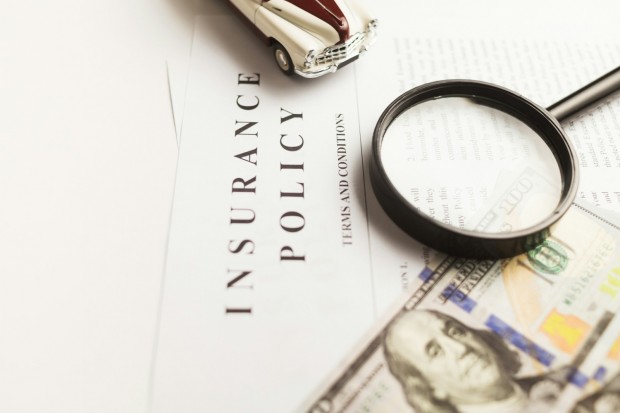Congratulations on obtaining your driver's license and hitting the open road! As a new driver, it's essential to not only focus on the thrill of driving but also to grasp the nuances of your car insurance policy. Understanding the ins and outs of your coverage is crucial for navigating the road responsibly and confidently. This guide aims to shed light on key terms, sections, and the significance of comprehending your insurance policy to empower you in unforeseen events like accidents.
Decoding the Lingo
One of the most common reasons people don't review their car insurance policies is because they're difficult to comprehend. Be that as it may, it is important to identify terms and phrases you don't understand and conduct research or ask questions for clarification. Below is a look at some of the types of ling you might encounter on your insurance policies.
Premiums and Deductibles:
Your insurance policy's premium is the amount you pay regularly to maintain coverage. Deductibles, on the other hand, are the out-of-pocket expenses you're responsible for before your insurance kicks in. Striking the right balance between premiums and deductibles is crucial for finding an insurance plan that suits your budget and needs.
Liability Coverage:
Liability coverage protects you financially if you're deemed responsible for causing an accident. It typically includes property damage and bodily injury coverage. Understanding the limits of your liability coverage is vital, as inadequate coverage may leave you exposed to significant financial risks in the event of a serious accident.
Collision Coverage:
Collision coverage comes into play when your vehicle collides with another object, be it another car or a stationary item like a tree or pole. While collision coverage is not mandatory, it can be immensely beneficial, especially for newer vehicles, as it helps cover repair costs.
Comprehensive Coverage:
Comprehensive coverage protects your car from non-collision incidents, such as theft, vandalism, or natural disasters. Consider the value of your vehicle and the potential risks in your area when deciding on the extent of comprehensive coverage you need.
Uninsured/Underinsured Motorist Coverage:
This type of coverage safeguards you if you're involved in an accident with a driver who doesn't have insurance or doesn't carry sufficient coverage. Given the prevalence of uninsured motorists, having this coverage provides an added layer of protection.
Policy Limits:
Every insurance policy has limits, which represent the maximum amount your insurer will pay for covered losses. It's crucial to understand these limits and evaluate whether they adequately protect your assets and financial well-being in case of a severe accident.
Maximum Payouts:
Know the maximum payout your insurance company is willing to offer for different types of claims. Being aware of these limits will prevent surprises and allow you to make informed decisions about additional coverage if needed.
Understanding Your Responsibilities
Beyond understanding the type of coverage you have, you must also be aware of your responsibilities as a driver. Many people assume that having coverage means it will automatically go into effect if the unforeseen happens. However, that is not the case. Most insurers require you to complete certain tasks to obtain coverage. Here are some examples below:
Reporting Accidents Promptly:
In the unfortunate event of an accident, report it to your insurance company promptly. Delaying the reporting process might lead to complications in processing your claim.
Other Responsibilities:
Familiarize yourself with the responsibilities outlined in your policy. This may include cooperating with the claims process, providing accurate information, and following any specified procedures.
Keep Your Policy Accessible
You never know when you may need to present your insurance documents. Whether you're renting a car, complying with a traffic stop, or exchanging information in an accident, you should always have it on hand. While that doesn't mean you need to carry around a ton of paperwork, you should consider practices like keeping a hard copy and digital copy of the most essential documents. For example, you'd keep your State Farm auto insurance declaration page in your digital wallet and a copy of your card in the glove compartment.
Regularly Review Your Policy
As your circumstances change, so should your insurance coverage. Periodically review your policy to ensure it aligns with your current needs, and consider adjustments if necessary.
Embarking on your journey as a new driver is an exciting chapter in life, and being well-informed about your car insurance policy is an integral part of the experience. By decoding the terminology, understanding coverage types, and recognizing your rights and responsibilities, you empower yourself to make informed decisions and navigate the roads with confidence. Remember, an accident is often unexpected, but being prepared through a thorough understanding of your insurance policy ensures you're ready for whatever twists and turns the road may bring. Safe travels!
See Now: OnePlus 6: How Different Will It Be From OnePlus 5?






















